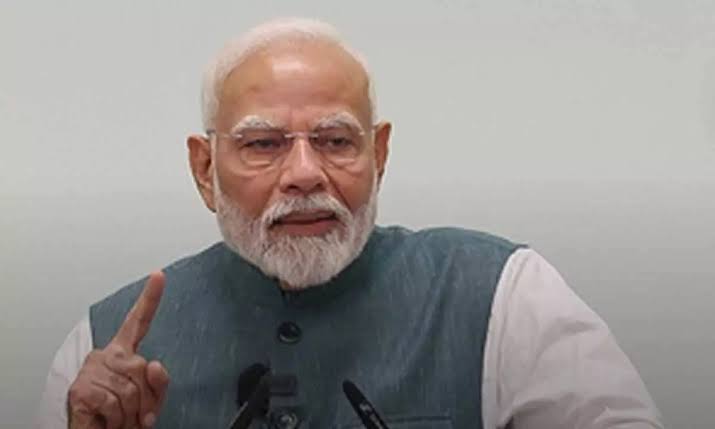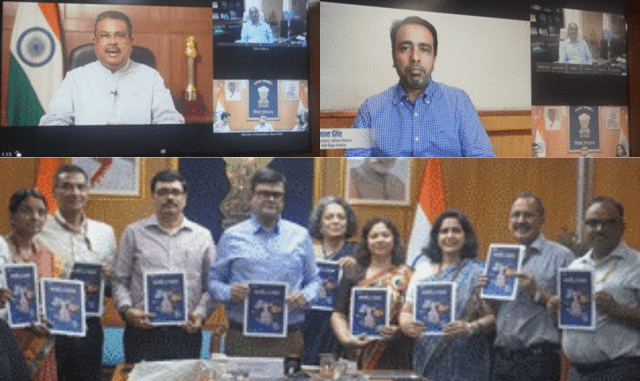New Delhi: The Indian Space Research Organisation (ISRO) is gearing up for the launch of Chandrayaan-3, the follow-on mission to Chandrayaan-2. Chandrayaan-3 is scheduled for launch in the second week of July, news agency PTI reports, quoting a senior ISRO official.
Chandrayaan-3, which consists of a lander and rover, aims to demonstrate capability in safe landing and roving on the lunar surface.
ISRO will launch Chandrayaan-3 atop its largest launch vehicle, Geosynchronous Satellite Launch Vehicle Mark III (GSLV Mark III), also called Launch Vehicle Mark III (LVM3), from Satish Dhawan Space Centre, Sriharikota.
LVM3’s propulsion module will carry Chandrayaan-3 to a 100-kilometre lunar orbit, ISRO says on its website.
What are the objectives of Chandrayaan-3?
The objectives of Chandrayaan-3 are to demonstrate a safe and soft landing on the lunar surface, conduct in-situ scientific experiments, and demonstrate rover landing on the Moon.
The lander aims to make a soft landing. The rover will conduct in-situ chemical analysis of the lunar surface.
The mission life of the lander and rover is one lunar day, which is equivalent to 14 Earth days.
Chandrayaan-3 to be equipped with a special payload
The Chandrayaan-3 spacecraft will be equipped with an experimental instrument which would study the spectro-polarimetric signatures of Earth, a technique that involves measuring the polarisation of light by splitting the incoming light into its constituent colours, and then analysing the polarisation of each colour individually, according to the University of Maryland, Baltimore County (UMBC) Observatory.
The payload is called Spectro-polarimetry of HAbitable Planet Earth (SHAPE).







